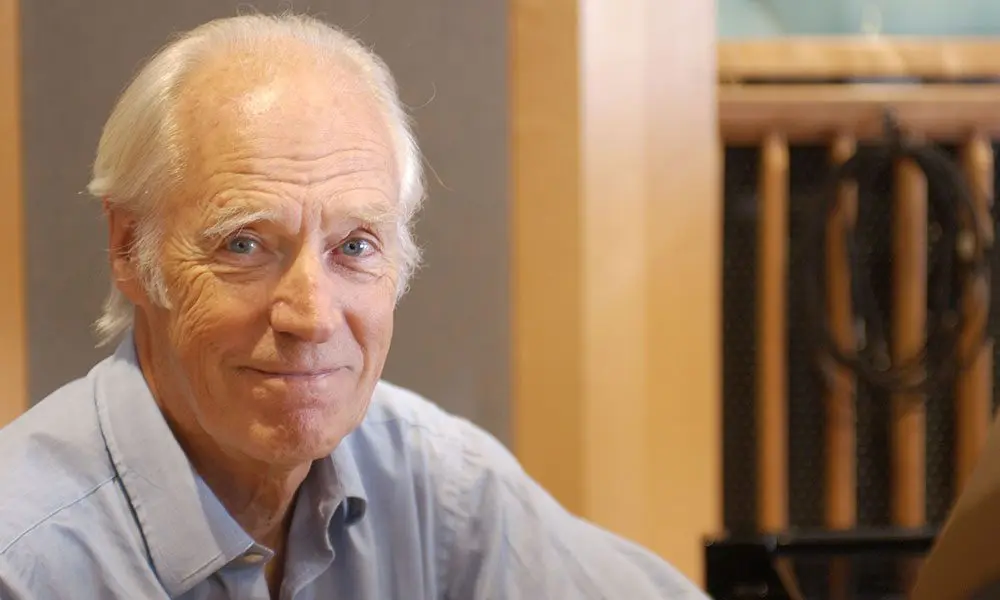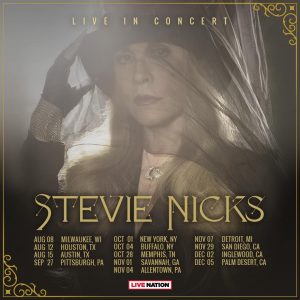Tina Turner, the iconic American singer who rose from a challenging farming community and escaped an abusive relationship to become one of the greatest recording artists in history, passed away on Wednesday at the age of 83.
According to her representative, Turner passed away peacefully at her residence in Küsnacht near Zurich, Switzerland after a prolonged illness.
During the early years of rock ‘n’ roll in the 1950s, Turner embarked on her musical journey, ultimately becoming an MTV sensation.
In the music video for her chart-topping song “What’s Love Got to Do with It,” Turner embodied the style of the 1980s as she confidently roamed the streets of New York City with her edgy blond hair, donning a cropped jean jacket, mini skirt, and stiletto heels. Her frank and experimental ballads resonated with music enthusiasts of the ’80s who embraced electronically produced sounds while rejecting the idealism of the hippie era.
Often referred to as the “Queen of Rock ‘n’ Roll,” Turner earned six out of her eight Grammy Awards in the 1980s. Throughout that decade, she achieved numerous hits on the Top 40 chart, including “Typical Male,” “The Best,” “Private Dancer,” and “Better Be Good to Me.” Notably, her 1988 concert in Rio de Janeiro attracted an audience of 180,000, making it one of the largest single-performer concerts in history.
By that time, Turner had been divorced from her former husband and guitarist, Ike Turner, for ten years.
Turner openly spoke about the abuse she endured during her marriage to Ike Turner, both personally and professionally, in the 1960s and 1970s. She shared stories of black eyes, split lips, a broken jaw, and other injuries that repeatedly landed her in the emergency room.
Describing Turner’s journey, singer Janet Jackson wrote in Rolling Stone that her story was not one of victimhood but an incredible triumph. Turner had transformed herself into an international sensation and an elegant powerhouse, according to Jackson.
In 1985, Turner explored a new facet of her talent as she portrayed the merciless leader of a settlement in a post-apocalyptic world, starring alongside Mel Gibson in the third installment of the Mad Max series, “Mad Max Beyond Thunderdome.”
While most of Turner’s hit songs were written by others, she infused them with her unique vocal instrument. New York Times music critic Jon Pareles described her voice as “one of the more peculiar instruments in pop,” with a three-tiered structure that encompassed a nasal low register, a yowling and piercing middle range, and a startlingly clear high register that resembled a falsetto.
Actress Angela Bassett, who received an Academy Award nomination for her portrayal of Turner in the 1993 film “What’s Love Got to Do with It,” expressed her gratitude for being able to introduce Turner to the world. Bassett stated that Turner had shared her authentic self and described her as a gift that will always be remembered as “simply the best.”
Mick Jagger of the Rolling Stones expressed his sadness over Turner’s passing, highlighting her inspirational, warm, funny, and generous nature. Jagger acknowledged the support he received from Turner during his early years and expressed everlasting gratitude.
Canadian singer Bryan Adams, who collaborated with Turner on the 1985 single “It’s Only Love,” stated that the world had lost an extraordinary force of a woman.
U.S. President Joe Biden referred to Turner as a talent of a lifetime and praised her remarkable personal strength. He emphasized that she overcame adversity, including abuse, to establish a career and leave behind a legacy that was entirely her own, stating so in a heartfelt statement.











